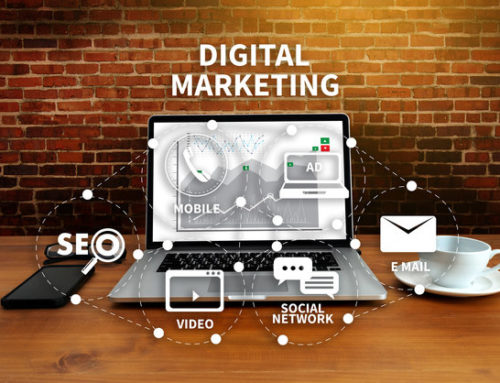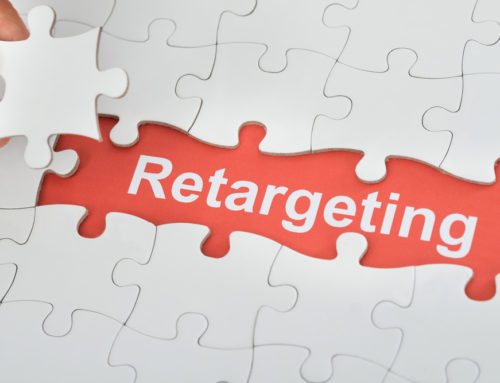When you buy a new car, all of the essential features are already built in. You don’t need to drive around from vendor to vendor to have your stereo, cruise control, power windows, and air conditioning installed. That would be a nightmare — and so would the ongoing maintenance of those features. You’d have to juggle several different contracts and develop relationships with each individual manufacturer.
Unfortunately, unlike car buying, digital media buying has long reflected this arduous, fragmented process.
As digital has evolved into the leading format for media, effective marketing requires exponentially more time and labour. Media channels have expanded from a few traditional mediums with limited content placements to millions of websites, apps, and devices — and each medium yields troves of data that must be managed and analyzed.
Because of this complexity, brands have historically been forced to piece together campaigns that utilize an average of five different technologies from up to four different digital media vendors. Naturally, this creates a number of difficulties.
One of the main issues is cost; budget must be allocated to individual vendors from the outset of the campaign. Then, if performance dictates a reallocation, the process of redistributing budget expenditures requires the headache of changing multiple contracts.
On top of that, when multiple vendor platforms are involved, data becomes siloed. Data should be the lifeblood of every digital campaign, but when it’s located in multiple disjointed spreadsheets, unearthing key insights becomes an uphill battle.
These integrated platforms allow for more streamlined execution of media distribution. While self-service á la carte may appear to provide more flexibility and control, all-inclusive service delivers a greater level of expertise, along with an increased breadth of capabilities.
Key insights aren’t lost when data is aggregated within a single platform. Campaigns stay on track, and marketers can accurately and confidently adjust them based on what’s working. Eliminating one program and increasing the budget of another is a snap, which means agencies can develop more thorough and nuanced strategies.
For marketers who decide to leverage this relatively new option, here are three important things to keep in mind to maximize your ROI:
1. Compile and share first-party data: First-party data stems from your website users’ actions, subscription or social media data, and data from mobile and web apps.
Because it comes straight from your audience members or customers, first-party data is your most valuable data. It’s absolutely critical to your digital marketing strategy. Sharing it with a media buying agency allows it to tap into a resource you already have and turn it into new customers and ROI.
2. Redefine your audience strategy: When you can accurately define your target audience, your marketing dollars are better spent because your messaging is more likely to reach the consumers who will actually respond to it. Unsurprisingly, companies that truly understand who they’re targeting are nearly one-third more profitable than those that don’t.
Instead of identifying audiences through survey or syndicated data and measuring them as an index, try creating an audience map that segments consumers based on their attributes and behaviors.
3. Set and track short- and long-term KPIs: Don’t track every metric under the sun; boil your measurement efforts down to the data providing the most relevant and valuable information.
Rather than simply collect raw numbers, track metrics that include the cost and performance of various strategies. These figures will provide the best insights regarding your goals — and they will illuminate how to achieve them.
Some solid metrics to track include cost per impression, cost per action, and on-target percentage. All of these will indicate how effectively and efficiently your media buying strategy is reaching your intended audience and driving positive business outcomes.
Partnering with an all-encompassing media platform will offer your brand a much broader and more accurate perception of its campaigns’ successes and failures. However, don’t forget that successful partnerships are a two-way street. Following the above tips will maximize your ROI and lead to a fruitful experience.
By doing away with what has traditionally been a complicated data aggregation process across multiple vendors, a single platform can more effectively turn dollars into conversions and improve marketing ROI.










